Albrecht Dürer at The Albertina: the intimate paintings of an art pioneer
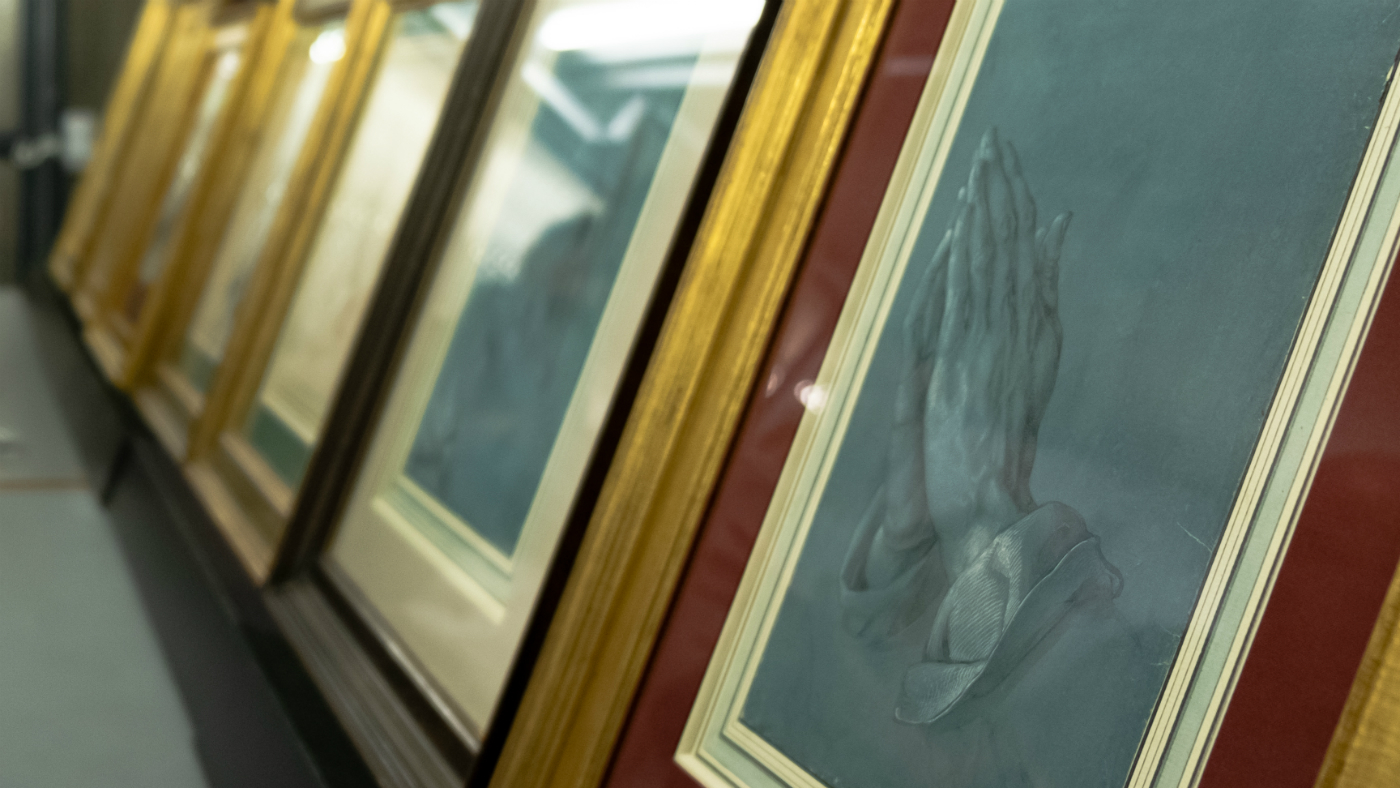
From across the corridor, Christof Metzger and Klaus Albrecht Schröder lock eyes as they begin the countdown.
“One, two, three.”
They move in unison, cards unlocking the first of three high-security doors. One of our group jokes about lasers and retinal scanning, which is met with laughter until Schröder admits that the retinal scanner is in a different vault. We're hurried onto the next security gauntlet as the doors are on timed alarms and I have to stop myself from humming the opening bars of Mission Impossible out loud.
The Week
Escape your echo chamber. Get the facts behind the news, plus analysis from multiple perspectives.

Sign up for The Week's Free Newsletters
From our morning news briefing to a weekly Good News Newsletter, get the best of The Week delivered directly to your inbox.
From our morning news briefing to a weekly Good News Newsletter, get the best of The Week delivered directly to your inbox.
We’re actually on our way to vaults of The Albertina Museum, set on the cusp of Vienna’s historic heart and the Museumsquartier. These cool, temperature-controlled concrete boxes are currently home to The Albertina’s most prized collection, the works of one particular artist whose upcoming exhibition is highly-anticipated by visitors, critics and staff alike.
Albrecht Dürer (1471-1528) may not be such a household name on UK shores anymore – 500 years have a way of somewhat waning one’s renown – but he was once on the tip of every Renaissance tongue. The most famous artist of his generation, Dürer is still considered Germany’s greatest ever artist and his global fanbase (including at least three Holy Roman Emperors) is a remarkably devoted one.
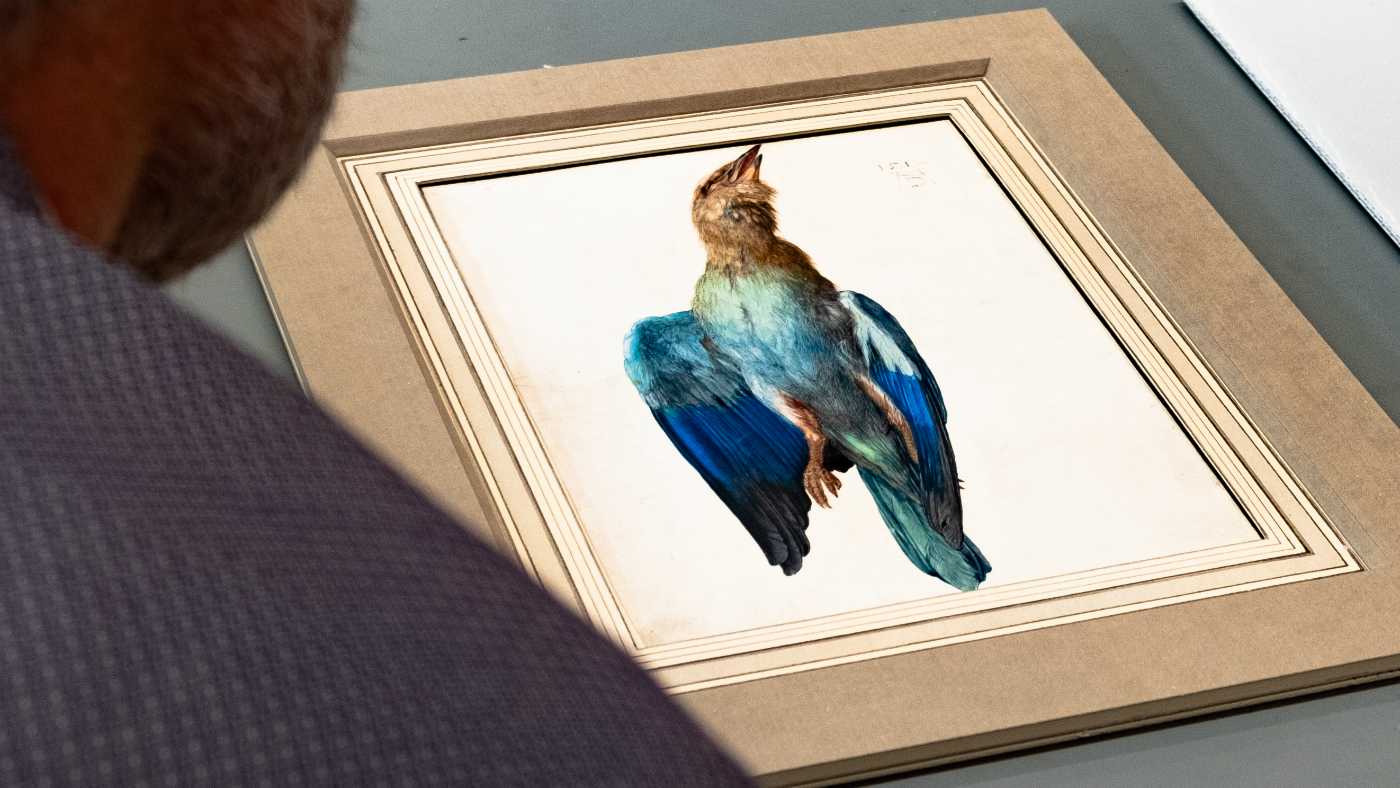
–––––––––––––––––––––––––––––––For more culture features - and a concise, refreshing and balanced take on what really matters - try The Week magazine. Get your first six issues for £6–––––––––––––––––––––––––––––––
It’s thanks to his enduring popularity that The Albertina’s Dürer collection has remained intact and well-documented for centuries, despite passing through multiple hands.
A free daily email with the biggest news stories of the day – and the best features from TheWeek.com
“Many other artists, Mathias Grünewald for example, had to be recovered,” Metzger explains, “but Dürer from the beginning was famous, famous, famous.”
Metzger is the Chief Curator of The Albertina’s drawings and prints collection and the resident Dürer expert. Under the watchful eye of Director Schröder, Metzger has devoted five years to planning and curating the September–January exhibit, which will include some 200 objects.
His team have had help though: from the master himself. The collection – which includes family portraits and plant and animal studies – retains the original structure Dürer had in his workshop, where these drawings formed his portfolio. “You could say,” Metzger proudly states as he begins to pull out and line up masterpiece after masterpiece, “that Dürer is the first curator of our Dürer collection.”
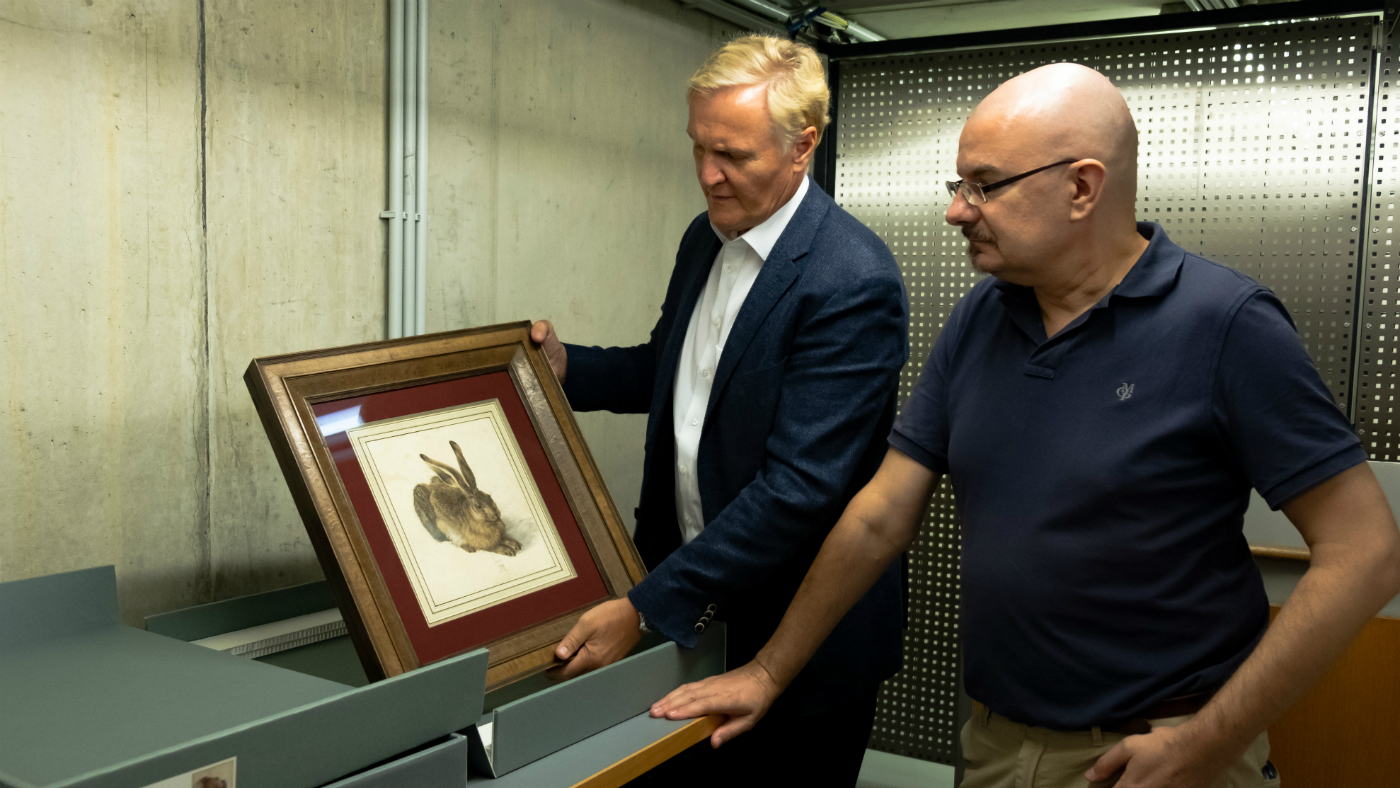
With almost 140 works to choose from, you might imagine narrowing down favourites is a difficult task. Not so; I know it the moment I see it lifted from the stacks and propped up amongst the other paintings. The bright Wing of the Blue Roller, a marvellous study of detail and colour, stands out like sunlight in the drab, grey underbelly of the vaults. Its vividness is reminiscent of oils rather than its actual watercolour and the fineness of the feathers is a remarkable feat. I’ll admit, even my modernist heart is moved.
As the artworks are revealed so too is Dürer’s journey, from his first self-portrait aged 13 through to his appointment as official court artist to Holy Roman Emperors Maximilian I and Charles V. Two of the most important works narratively are the views of Innsbruck Castle’s courtyard, both painted c.1495. Typical of the late Gothic manner, the foregrounds look like unearthly, rather lifeless theatre scenes – but while one’s sky is a blank stretch of white paper, the other’s is a swirl of cerulean snatches and deep grey clouds. This attention to atmosphere, so far removed from the blank Gothic form found in its partner, was groundbreaking.
“Works like these” Schröder explains, “really indicate the transition between the late Gothic artist to the modern Renaissance artist, observing atmosphere – air, water, surface… One of these solidifies him as the great German Renaissance master, the other is Gothic, and there’s a synthesis of these two sides ten years later.”
That synthesis is realised in Dürer’s best-loved masterpiece, Young Hare: the painting we’ve been waiting for. Young Hare is one of Vienna’s most important artworks – alongside Klimt’s cult classic The Kiss – and there’s a definite buzz in the vault as it’s finally lifted from its long-closed, high-security hutch and placed centre stage.
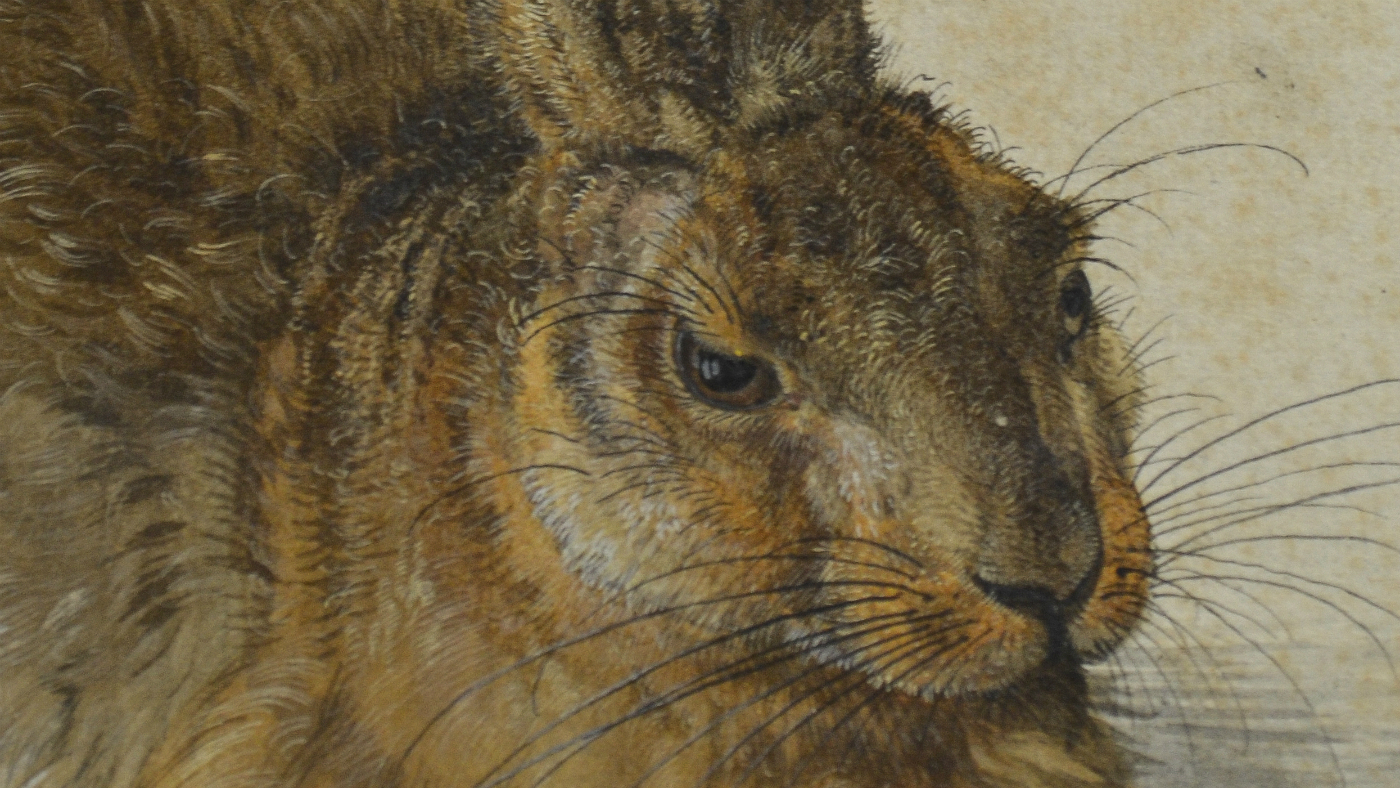
At first glance, I’ll admit, it’s hard to see what the long-eared fuss is about. It’s a relatively small watercolour painting, a mere 25 x 22.5cm, with a curious amount of blank space. No gold leaf, eye-catching patterns, resplendent colours or cult status – just a rabbit and its shadow. Yet at the time of its creation in 1502, Young Hare was revolutionary and the echoes from its perfectly-painted paws have sounded through art ever since.
Technically, it’s a true masterpiece. Dürer’s grasp of light is unparalleled: there’s not a highlight out of place and the light source hops consistently across the hare’s frame – a skill that even today’s CGI artists struggle with. To achieve this light play, Dürer used his finest brush to round out and structure individual hairs and whiskers and had to do so without a static model to work from. Unlike the hare, most animals depicted at the time (such as Dürer’s own blue roller) were dead. Young Hare predates taxidermy, making the portrait a real feat of photographic memory.
The subject is no less ground-breaking. Dürer was one of the first artists to paint realistic animal portraits – a genre that wouldn’t be recognised until the 17th century – and to remove symbolism from his art. It’s evident from his writings that Dürer intended Young Hare to be exactly as we see it: an ordinary animal made extraordinary by nature, without added adornment or background noise.
“Nature holds the beautiful for the artist who has the insight to extract it,” he wrote. “Thus, beauty lies even in humble, perhaps ugly things, and the ideal, which bypasses or improves on nature, may not be truly beautiful in the end.”
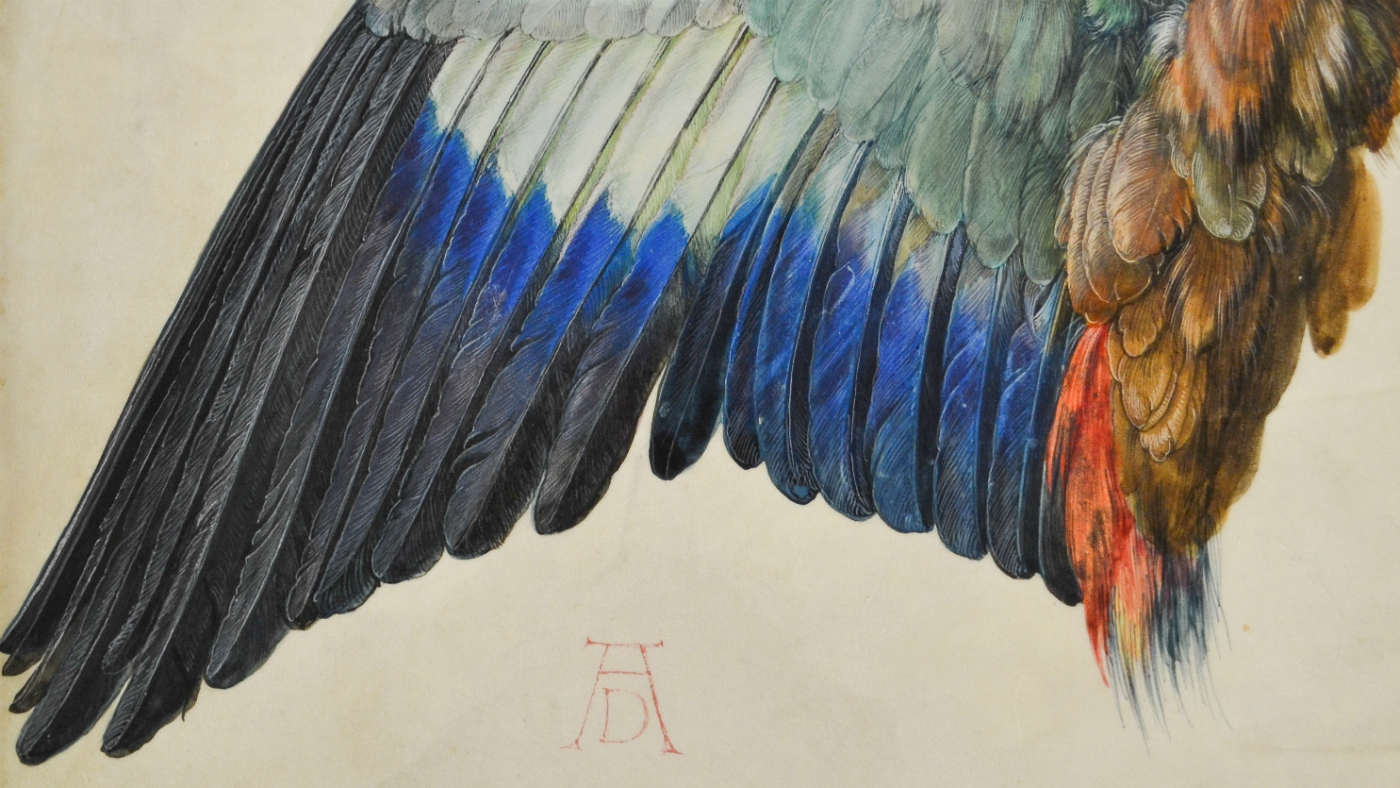
Looking at Young Hare in the intimate light of the vaults, humble is exactly right. The hare itself seems entirely unimpressed with its renown, like a grumpier version of the Mona Lisa (which didn’t yet exist), but it’s this lack of pretension that makes it so striking. The longer the hare holds your gaze, the more undeniable its modest mastery.
At its creation, Young Hare was so admired and radical that it was immediately copied. Every arthouse in Germany had its own version, though Dürer’s contemporaries struggled with the painting’s unconventional mix of realism and blank space: all of them added in fields, flowers and habitat
Dürer’s incredible understanding of branding certainly fuelled his well-earned acclaim. Today the social media world is quickly learning the value of self-promotion but Dürer was honing modern-day entrepreneurial skills in the mid-1490s.
Dürer originally planned his workshop for print-making – he was first and foremost an unparalleled printmaker – and so had his own printer’s monogram. Even his paintings were branded with this telltale symbol, a D enclosed in the legs of a large A, which Metzger calls his “corporate identity”. Dürer’s monogram was notorious and so often used on forgeries that the master actually went to court to protect it – the first copyright action in art history.
The protection of Dürer’s legacy has since passed onto the capable hands of Metzger, Schröder and The Albertina. If these vaults are anything to go by, it’s a duty they take seriously. These paintings haven’t been displayed since 2003, when half a million visitors came to see them. Schröder has no doubt that the 2019 exhibit will surpass that and having seen a glimpse of its treasures for myself, I wholeheartedly agree. While 500 years may have passed, Dürer’s magnetism and mastery still shine as bright as the blue roller’s wing.
Exhibition at The Albertina runs until 6 January 2020. More information at albertina.at
For more on Vienna’s art offerings, visit vienna.info
-
 Metaverse: Zuckerberg quits his virtual obsession
Metaverse: Zuckerberg quits his virtual obsessionFeature The tech mogul’s vision for virtual worlds inhabited by millions of users was clearly a flop
-
 Frank Gehry: the architect who made buildings flow like water
Frank Gehry: the architect who made buildings flow like waterFeature The revered building master died at the age of 96
-
 Is MAGA melting down?
Is MAGA melting down?Today's Big Question Candace Owens, Tucker Carlson, Laura Loomer and more are feuding